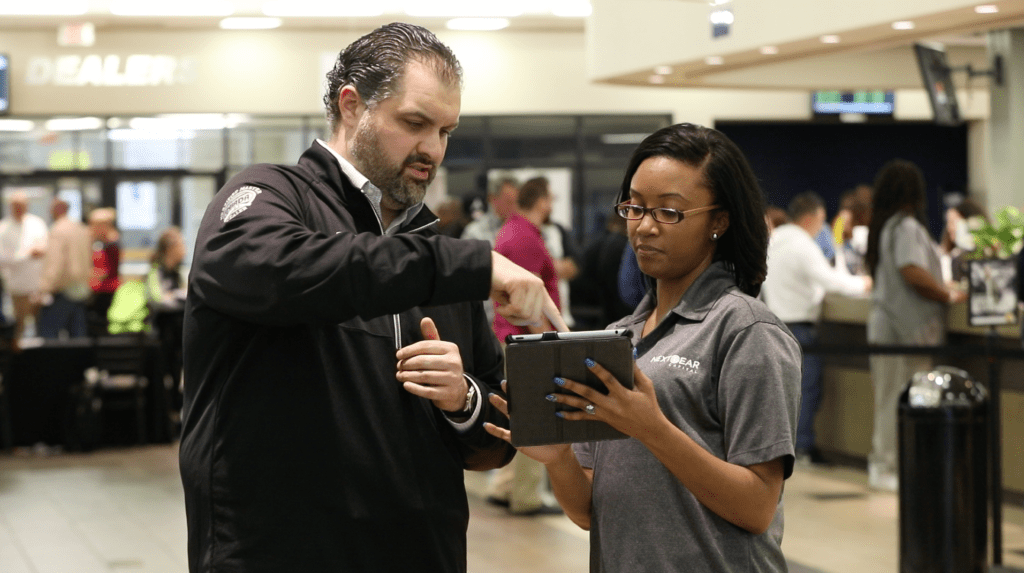 Nobody likes to lose money, and no dealer wants to lose out on profits for a vehicle or a deal. However, many dealers may inadvertently miss out on profits by not implementing an active aging inventory strategy.
Nobody likes to lose money, and no dealer wants to lose out on profits for a vehicle or a deal. However, many dealers may inadvertently miss out on profits by not implementing an active aging inventory strategy.
Some dealers have the mindset that no matter how long they hold on to a vehicle, they’ll eventually make money off of its sale. However, these three reasons should give dealers pause in addition to some valid reasons to consider a proactive aging inventory management strategy.
Depreciation
The simple truth is that vehicles are depreciating assets. Cars typically don’t acquire more value the longer you hold on to them. The longer dealers hold on to a vehicle, the more that unit is affected by depreciation. Every unit will reach a point where its depreciation cancels out any profit potential for an auto dealer.
Cash Flow
Dealers that let their inventory age on their lots will often experience stifled cash flow. For auto dealers that purchase inventory with cash, not only is overall cash flow hindered, but their initial unit investment depreciates along with the decreasing value of the vehicle. In addition, cash-buying dealers can’t get their cash out of the aged vehicle until it sells.
For dealers with a floor plan, cash flow isn’t necessarily an issue. However, keeping aged inventory on your line of credit past your contracted terms can eventually cut into dealership profits.
Holding Costs
It costs each and every auto dealer an individualized sum of money to hold a vehicle on their dealership lot. If a dealer’s holding cost per day is approximately $40 per day, there will be a point in time where the potential profit for a stale unit is outweighed by the holding costs that unit incurs.
Figure out your holding cost per day to see what your aged inventory is costing your dealership.
Aged inventory is an issue that each dealer eventually encounters. The longer a dealer holds on to aged inventory, the more it cuts into a dealer’s potential profits. However, dealers that grasp the importance of an active aging inventory management strategy are prepared to efficiently and effectively grow their businesses.














 Staying on top of dealership federal and state regulations in a perpetually evolving legislative landscape can be difficult for dealerships. Ensuring your dealership is acting in accordance with current regulations takes steady and regular implementation and a near constant re-examination of current guidelines.* To help navigate the complexities of dealership regulations,
Staying on top of dealership federal and state regulations in a perpetually evolving legislative landscape can be difficult for dealerships. Ensuring your dealership is acting in accordance with current regulations takes steady and regular implementation and a near constant re-examination of current guidelines.* To help navigate the complexities of dealership regulations, 
 Dealers can expect to see new features and expanded functionality within NextGear Capital’s online account management platform. Account Portal’s updated, optimized mobile design is slated to fully replace the current NextGear Capital app by the end of 2017.
Dealers can expect to see new features and expanded functionality within NextGear Capital’s online account management platform. Account Portal’s updated, optimized mobile design is slated to fully replace the current NextGear Capital app by the end of 2017.
 • Operational Excellence Award: Dealers Auto Auction – Anchorage, Alaska• Operational Excellence Award: South Bay Auto Auction – Gardena, California
• Operational Excellence Award: Dealers Auto Auction – Anchorage, Alaska• Operational Excellence Award: South Bay Auto Auction – Gardena, California